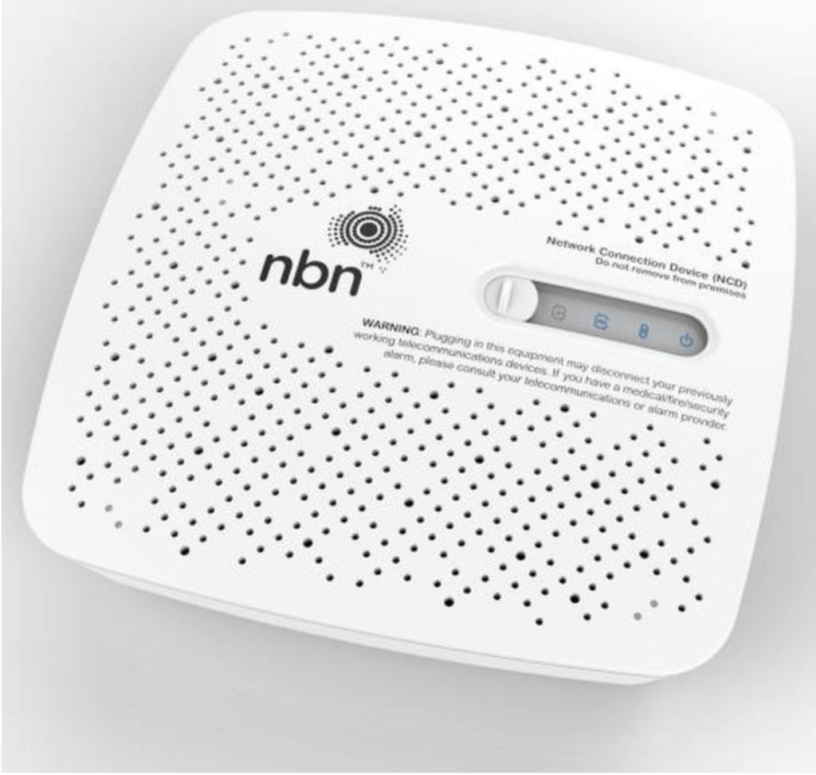Connecting to the NBN can be a complicated process. There will be a lot of jargon and unusual acronyms, but there is good news. The information you need to know is a lot easier to come by than you might believe. We’re here to assist you with all the information you need about the NBN HFC connection.
Fun Fact: You have no control over how your NBN is linked; it is determined by where you live and the infrastructure being developed in your neighbourhood.
Now without further ado, let’s get started and enlighten you with all the information you need regarding NBN HFC installation and connection.
What Is HFC?
When you plan to get NBN HFC at your home or office, you might have considered many factors and wondered what is HFC anyways? Hybrid fibre-coaxial is the abbreviation for HFC. It’s part of the nbnTM multi-technology mix, which connects premises all around the country to the National Broadband Network via various last-mile technologies. Unfortunately, the technology that connects your property to the nbnTM is determined by the infrastructure in your area, not by you.
The network is connected to the premises via a repurposed cable in the case of HFC — ‘coaxial’ is essentially a fancy word for ‘cable’. In many circumstances, the cable utilised in HFC connections would have offered access to services such as Foxtel. These cables are not the same as the copper wiring used in nbnTM connections, such as fibre to the node (FTTN) or fibre to the curb (FTTC).
What Is The Speed Of The NBN HFC?
Residential speeds of up to 1000Mbps download and 50Mbps upload are possible with NBN HFC installations, depending on various criteria such as the plan you pay for, your provider, the quality of the existing hybrid fibre-coaxial network in your location and your networking equipment.
By comparison, cable internet speeds might reach over 100Mbps but only had download rates of roughly 2Mbps at first. For example, some companies give a cable connection with an upload capacity bump to increase upload speeds to roughly 5Mbps.
The NBN 12 Basic (12/1Mbps), NBN 25 Standard (25/5Mbps), NBN 50 Standard Plus (50/20Mbps) and NBN 100 Premium (100/40Mbps or 100/20Mbps) household speed tiers are all available on HFC. This range may vary according to the brand or internet provider. So, select the plan according to your needs and the number of people using the internet.
What Are The Supplies For The HFC NBN?
FFCNBN differs from other NBN models in a few ways. The company will provide a utility box and install it outside your house and a connection box inside your home for new installations. The supplied wire links the interior box to an NBN wall socket for installation on your wall. This device is essentially a modem. Other supplies are as follows:
- An NBN-ready router, connected to the inner box via an ethernet wire, is still required.
- If you have cable TV that uses this coaxial port, such as Foxtel, NBN company will provide a splitter to connect HFC and cable TV.
- You can then connect VoIP services to your router as you usually would.
The HFC deployment has been interrupted and delayed in the past to ensure a high-quality installation. Even if HFC arrives in your area, you have up to 18 months to convert before your previous internet connection is switched off, as with all connections. This allows you time to consider the plan you want as well as any other factors.
Conclusion:
So now that you have understood what HFC NBN is, it might be easier to make a decision on which internet connection would be better for you. Just remember to note down all the aspects like the number of people using the internet, the location where you might keep the modem and then consult with your NBN installation contractors in Melbourne. They will provide you with the correct information understanding the location in the best way possible. Lastly, enjoy the best internet connection and Netflix and chill!

